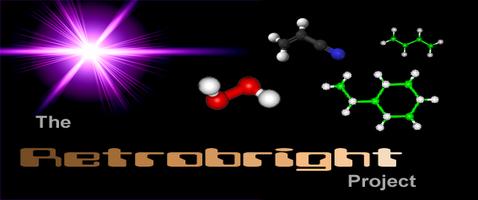It was originally thought that the yellowing was permanent and that the only solution to this was to paint the plastic in its original colour and cover the problem up. However, a chance discovery was made in March 2008, by The CBM Museum at Wuppertal in Germany (http://www.forum64.de), that immersing parts in a solution of Hydrogen Peroxide for a few days could partially reverse the process. This was initially taken up by the Amiga community in Germany (http://www.a1k.org) and the idea eventually found its way to the English Amiga Board (http://eab.abime.net), where a madcap collection of chemists, plastics engineers and retro hackers managed to perfect this concept and put it on steroids, with help from other forums.
Dave Stevenson from Manchester, UK, aka 'Merlin', the chemist behind the project, explains. "I came across the use of peroxide in July 2008 when Kristian95 told us over at EAB about what people like AmigaGTI were doing with it over at a1k.org. I was intrigued by this, as I am a former industrial chemist. I am also a plant Safety Manager by trade and, purely by coincidence, around that time I read about a dust explosion that had occurred in the UK with a chemical called TAED, which is the booster in the 'active oxygen' laundry products."
"This got me thinking, and after some really 'full-on', serious chemistry discussions with other EAB members, like Rkauer in Brazil, who is a plastics Engineer and my good friend Zetr0 from Kings Lynn, Norfolk, UK, who endured endless phone calls from me, we wrote some epic threads on English Amiga Board about the possible causes of the yellowing and eventually we arrived at the theory that it was the Bromine in the flame retardant that was the cause. We also knew that Ultra Violet light was another major factor. Having identified the culprit, the next stage was to try to develop and perfect a means of treating the plastic and reversing the yellowing quicker, without causing damage to the plastic. Being a former industrial chemist helped me tremendously, in understanding what was going on at the molecular level and to develop a treatment process to reverse the effect."
The problem was finally cracked in late July 2008 with a mixture of hydrogen peroxide, a small amount of an "Oxy" laundry booster as a catalyst and a UV lamp; we believed that this could do the job in hours instead of days. Proof of this concept was demonstrated on EAB by Tonyyeb from Hull, UK, Chiark from Leeds, UK and myself. The original test I did as proof of concept took two hours, as opposed to up to the five days it took for the original tests at CBM and a1k.org. We were on to something!!
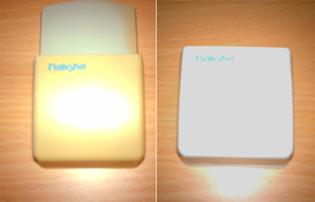
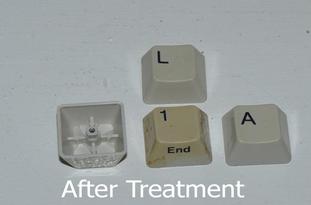
Figure 1. Merlin's original proof of concept experiment. Figure 2. Tonyyeb's Amiga keys experiment.
Sharing the Idea
Then we took the idea to other forums, where the idea received a sceptical response at first. Lorne (from Arizona) and Tezza (from New Zealand), from the Vintage Computer Forums (http://www.vintage-computer.com) really took on the idea, worked with us and helped us perfect the process between VCF and EAB. We have now proved on several forums that plastics yellowing can be completely reversed in hours without damage using our mixture."
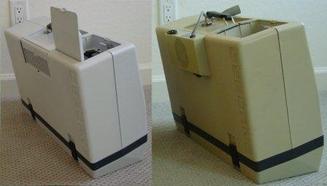
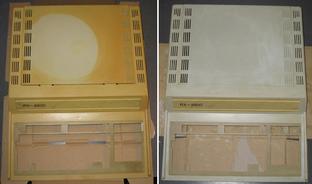
Figure 3. Lorne's Osborne 1 experiment. Figure 4. Tezza's RX-8800 experiment.
Reducing The Cost
"All of the initial tests were done with a liquid and we realised that for large parts this was getting expensive, so the next stage was to develop a paintable "gel" version that could be brushed onto larger surfaces. This was tried in Ariziona in the sun and the UK under a UV lamp (sunshine isn't guaranteed in Manchester!) and was found to be just as effective as the liquid. We have now released this to the public domain for anyone to use, as we can’t patent it and we coined the nickname "Retr0bright" for it, as it summed up what we were actually doing with it."
"The most extreme test we have done to date was a Commodore 64, which was treated in several stages by myself over an eight-hour period, to show what could be achieved; this was a particularly impressive result".
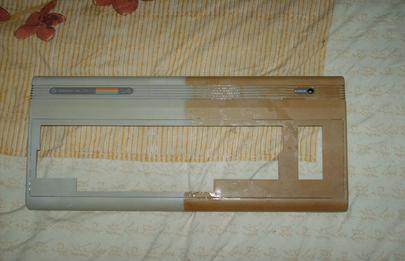
Figure 5. The Commodore 64 experiment (treated side is on the left!)
"We now have active threads about this at several forums across the World and we have now set up a Retr0bright support thread for those who are interested at our retro computer trading site, AmiBay http://www.amibay.com in the AmiOracle section."
It has come to our attention that some individuals are offering for sale "kits" similar to some of the Retr0bright recipes on auction and other sites. Please be aware that these are not endorsed by this Wiki in any way and the Wiki organisers shall not be held liable for any loss or injury caused by the use of these "kits".
Hydrogen Peroxide is classified as a hazardous substance and, as such, is not accepted by many postal services and couriers without declarations and special handling procedures. It also has other uses besides hair bleaching and Retr0bright, so we strongly advise caution on where and how much of this you buy.
This site's founders and authors do not sell Retr0bright for these very reasons and do not endorse or recommend any resale of premixed Retr0bright. If you see it for sale, it is not with our blessing or consent and we strongly advise caution: if you order some for delivery and it leaks in transit, you and the supplier could have some interesting questions asked of you.
